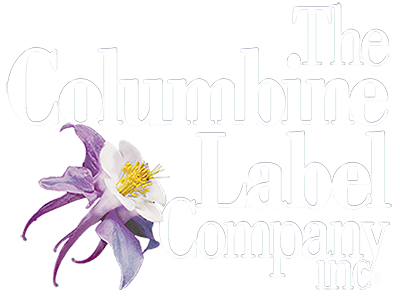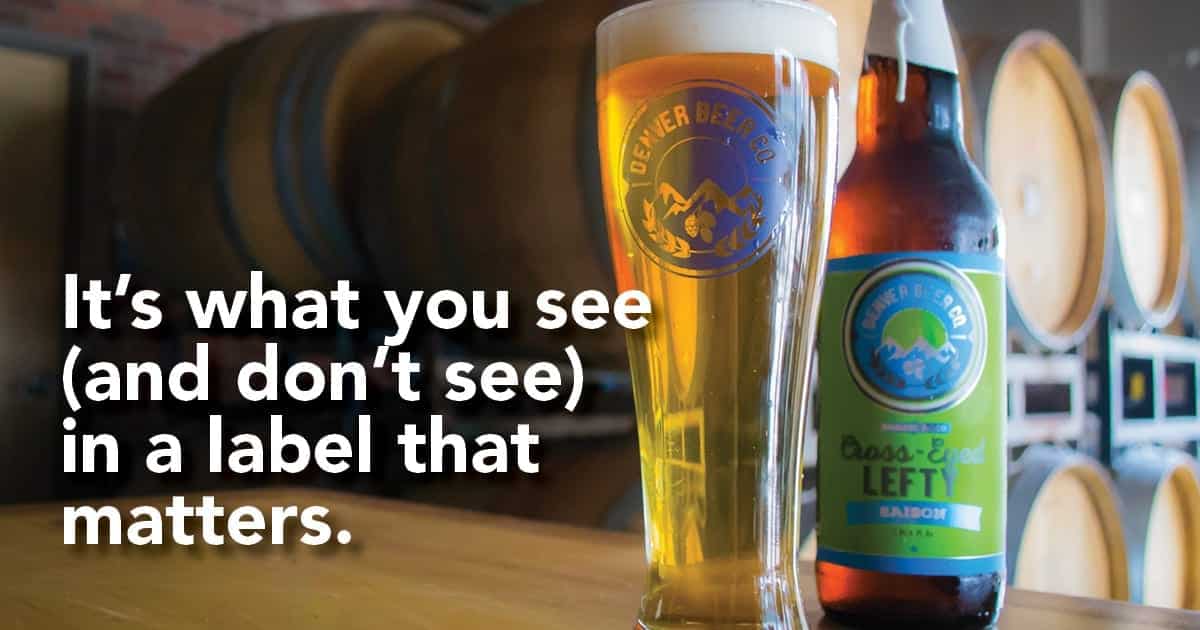Does the look and feel of your label really matter? In a word, yes! Label look and feel definitely matter in consumer product selection. Let’s look at some stats that illustrate this point.
According to one source, only one-third of consumer retail purchases are pre-planned, leaving last-minute impulses to almost 70 percent of purchases! As consumers, customization and a plethora of choices further drive our retail buying behavior. Thus, more and more products and extensions of products are being introduced, elevating the value of shelf space and, in turn, dictating that brands become increasingly innovative and creative to secure that coveted attention. Label look and feel play an important role in attracting and captivating consumer attention – in a very short and limited span of seconds.
In retail, “eye level is buying level”, so any other location on the shelf requires even more from the label as it must garner extra consumer time and attention to get noticed. In fact, research suggests that the average shelf-shopper begins making their buying decision at eye level, works from left to right, and ultimately makes their final decision in less than eight seconds.
With all this talk about visual appeal, eyepopping, and beautiful labels, let’s clarify an important point: A label is not just another pretty face.
Like each of us, it also has style, personality, and a certain – and oft-misunderstood – level of complexity. The style and personality of a label are what visually grab consumer attention, while the behind-the-scenes component selection and integrity ensure suitable performance for the application and end-use.
Label performance translates into visual appeal as improper material selection, printing, or application processes can lead to label failure. While a pressure-sensitive label may seem like a simple structure to many, some even unabashedly referring to it as “sticky paper”, there is much to be considered. Material varies based on the demands of the application as well as the entire supply chain from raw material >> design >> printing >> application >> end-use.
Shortcuts or gaps in knowledge, experience or production steps can be highly detrimental to label form and function. Simply stated, a lot can go wrong, so careful consideration of application requirements, end-use environments and usage details are critical when choosing the best combination of label components for application-specific needs.
Understanding label components and their role in proper application selection
Before you even create a design for your label, it’s critical to understand label construction and how it impacts the print quality and your specific application. The components of a pressure-sensitive label are topcoat, facestock, primer, adhesive, release coating, and release liner.
Topcoat or Overlaminate: A topcoat is a matte, semi-gloss, or gloss finish applied to the facestock to provide protection and is applied after color printing. A topcoat label can give a product shelf appeal and also provide protection from harsh chemicals, sunlight, temperature variations, scuffing, and moisture.
Overlaminates are film-based materials used to provide an additional layer of resistance to environmental conditions and add a finish such as gloss or matte.
Facestock: Any material, including paper, film, fabric, metallics, and colors can be a facestock. The facestock material helps determine the finished label look and function. In general, the paper material is more economical than films or foils that are often used in the health and beauty markets.
Facestock flexibility is another important consideration in label selection and is often driven by substrate size and shape. Certain facestocks offer extra durability like a latex impregnated paper stock, which is better suited for applications requiring moisture resistance or requiring added flexibility versus a standard paper option.
Adhesive: There are three categories of adhesives: permanent, removable, and cold temperature. Adhesive selection is dependent upon a myriad of factors, including permanent or removable; substrate to which the label is being applied; application temperature or temperature at which the label will initially be applied to the product; service temperature or temperature the label will withstand after 24-hour application to the substrate; rough versus smooth substrate; curved versus flat substrate; special regulatory requirements.
Substrate surface characteristics matter in adhesive selection as well – such as smooth, rough, glossy exteriors. Surfaces must be clean, dry, and free of debris and oils prior to label application to ensure optimal adhesive performance.
Release Coating: The release coating, which is also known as the release lacquer or silicone coat, provides a means by which the pressure-sensitive label is afforded the ability to release.
Release Liner: The release liner functions as the carrier for the label. It protects the adhesive prior to application, and then readily separates from the label when applying the label to the substrate or container. A consistent release of the liner is especially important during the automatic application of the die-cut label material to the final end-use container.
So, while labels might seem somewhat simple, in reality, there are many technical attributes and key considerations that determine proper material selection and functionality to ensure application and end-use success. What you don’t know could hurt you – and end-user sales. Understanding and making appropriate material selections – component by component as described here – is the essential foundation of labels that work AND sell. You don’t need to be an expert, just informed. A quality printing partner should be able to put you on the path to success.


